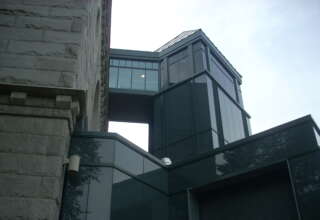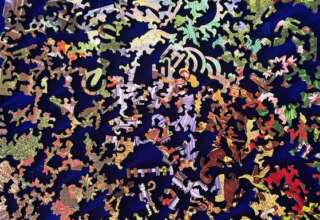
I suggest that the perfect storm for Hatfill goes beyond the importer syndrome and the collusive relationship between himself and members of the White House staff. It is important to recognize that Hatfill was operating at the intersection between different types of institutions, different disciplines, different sources of information – and ultimately different political perspectives. It is at the intersection that we find the major challenges to expertise – and the maximum opportunity for the imposter syndrome to flourish. Hatfills reside in abundance at this intersection—even if they are less well-known and less destructive than Steven Hatfill.
Before proceeding further with this often-disheartening analysis, it is important to note that there is also an opportunity for valid, useful and influential expertise to be offered at the intersection, and for this expertise to be engaged in a manner that leads to creativity and what my colleague, Charles Smith, calls “collaborative innovation.” During the remainder of this essay, I will consider both the crises and challenges of expertise at the Intersect, and the remarkable opportunities for new perspectives and practices. My exploration will lead us to a brief description of various Intersect organizations that exist in our 21st Century world.
The Intersection Between Institutional Types
As experts in ecological systems tell us, it is at the boundaries between systems that there is to be found the most abundant life—including an abundance of dragons. Much of the life on our planet, for instance, is to be found at the boundary between sea and land. Environmental richness—the diversity of species—exists where one system collides with another. One of the prominent scholars of complexity, Scott Page, writes extensively about the benefits to be derived from diversity. According to Page (2011), diversity enhances the robustness of complex systems, drives innovation and productivity, makes any system more interesting and absorbs large scale events that would otherwise have a profound impact on the functioning of an ecological system. Perhaps most importantly, diversity in any system, such as New York City, increases complexity.
This is a real challenge for anyone living in a diverse system, for complexity produces ambiguity, bewilderment, anxiety and sheer exhaustion. It is not only because complex (and diverse) systems contain many moving parts (this is a complicated system). It is also because these moving parts are all interconnected. When any one of the parts moves (changes), then all other parts of the system must change. That’s what makes complex systems so “tippy” (unstable) and unpredictable—and what makes the establishment of valid and useful expertise in complex systems so tenuous.
Hatfill was in trouble because he was not only ignorant of the issues he was facing. He was in trouble because he was facing multiple issues arising from several sectors: government, healthcare delivery, pharmacology. The work being done (or not done) in each of these sectors impacted on the other sectors. They were tightly interwoven—yielding great complexity and polarization—making quite challenging the ability of anyone to be successful in addressing any one of the issues (even someone with genuine expertise) (Bergquist, 2021).









